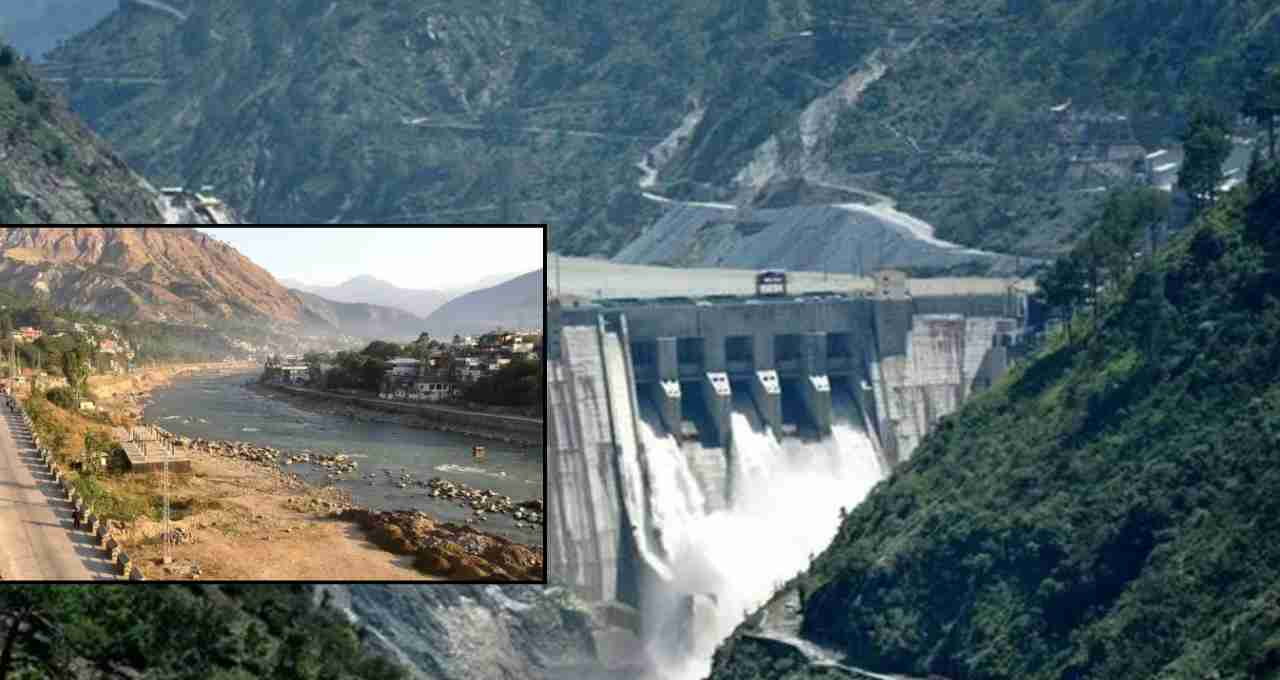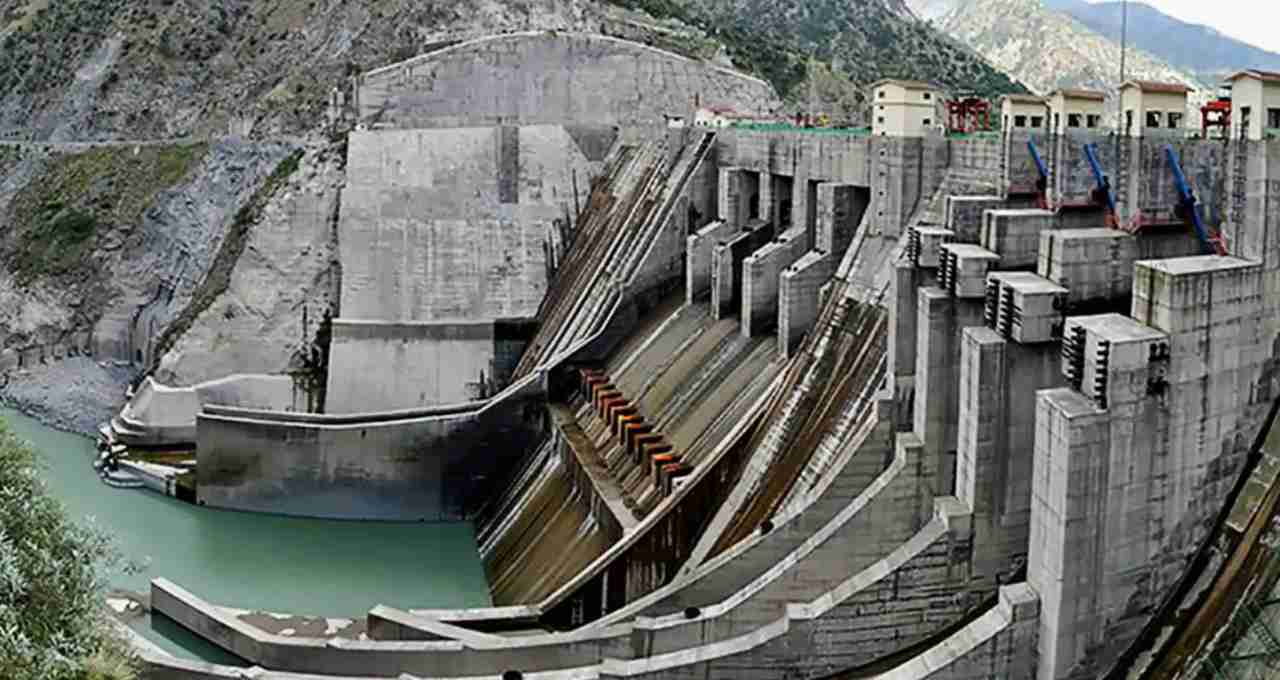Following the revocation of the Indus Waters Treaty, India has halted the flow of water from the Baglihar Dam on the Chenab River and is now preparing to close the Kishanganga Dam, further reducing the downstream flow.
Baglihar Dam: Following attacks like Pulwama, India has dealt another significant blow to Pakistan. After the terrorist attack in Pahalgam, Jammu and Kashmir on April 22, 2025, the Indian government revoked the Indus Waters Treaty. India has now implemented this decision by halting the water flow from the Baglihar Dam on the Chenab River.
Jhelum and Neelam Rivers Next in Line

India's actions are not limited to the Chenab River. The government is now preparing to shut down the Kishanganga Dam on the Neelam River, a tributary of the Jhelum. If this happens, the downstream flow to Pakistan will decrease significantly, potentially leading to drought conditions.
India Now Holds Complete Control Over Water Flow
According to government sources, India can now control the flow of water to Pakistan using the Baglihar Dam in Ramban and the Kishanganga Dam in northern Kashmir. Water can be stopped at will and released suddenly if needed. This also creates a constant threat of flooding in Pakistan.
Significant Losses for Pakistan

The reduction in water flow from these two dams will significantly impact Pakistan's irrigation resources, agriculture, and water supply. The consistent lack of water flow could create drought-like conditions. Conversely, if India opens the dams, the threat of flooding will loom large.
What Was the Indus Waters Treaty?
This treaty was signed in 1960 between India and Pakistan, mediated by the World Bank. It stipulated that the three eastern rivers – Indus, Chenab, and Jhelum – would flow to Pakistan, while the three western rivers – Ravi, Beas, and Sutlej – would flow to India. However, India revoked this treaty with immediate effect on April 23, 2025.












